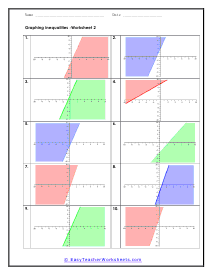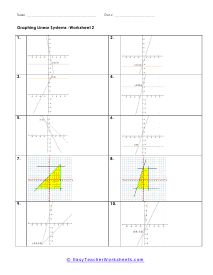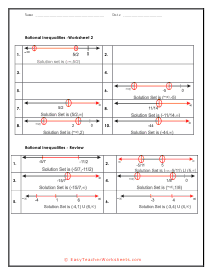An inequality is a method used to express a comparison between two values of any form that are not equal to each other. In most cases the comparison in questions is between two formulas that can take on many different forms. There are five different form of inequalities: not equal to, less than, greater than, less than or equal to, and greater than or equal to. This math concept while seemingly abstract is used constantly in the real world. They help businesses lean how to make smart decisions. The help schools determine which bus route is the most effective for their students. We use inequalities to state the relationship between two expressions that aren't equal. The beginning of the word says it all "Inequal" = not equal. You probably weren't aware that we use inequalities all the time, even in daily language. If we say for example "Sarah and Tara raced down the ski slope. Tara was faster down the slop and won the race." You can write this as S = Sarah and T = Tara. Therefore T is greater than S or T > S.
Your students will use these worksheets to learn how to construct inequalities based on given information, which may appear as visual cues (such as circles placed on number lines, for example). These sets of worksheets contain all step by step introductory material, simple exercises, longer assignments, reviews, and quizzes. Below you will find over 112 inequality worksheets that start out with simple linear comparisons to actual solving or displaying expressions on a graph. These worksheets really run the gamut from the most basic form to understanding the possible ranges of their solution. The purpose of an inequality is to set up a range or limit as to how big or small a value can be.













